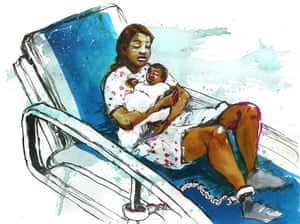Adams-Prassl, A., Huttunen, K., Nix, E.,
& Zhang, N. (2022). University of Oxford.
Working Paper
Abstract
Between-colleague conflicts are common. We link every police report in Finland to administrative data to identify assaults between colleagues, and economic outcomes for victims, perpetrators, and firms. We document large, persistent labor market impacts of between colleague violence on victims and perpetrators. Male perpetrators experience substantially weaker consequences after attacking women compared to men. Perpetrators’ economic power in male-female violence partly explains this asymmetry. Male-female violence causes a decline in women at the firm. There is no change in within-network hiring, ruling out supplyside explanations via "whisper networks". Only male-managed firms lose women. Female managers do one important thing differently: fire perpetrators.
Discussion
Our results have a number of implications. First, female victims of workplace violence have few economic incentives to report violence at work. Even in the relatively severe cases reported to the police in our data, the male perpetrator experiences relatively small labor market costs for his actions. This is consistent with the vast under-reporting of workplace harassment and abuse suggested by survey data. A major, known problem in preventing harassment at work is that victims rarely report the problem to their employer (Magley, 2002). Women under-reporting harassment and violence at the hands of a colleague (and in particular one’s manager) is easily reconciled with the comparative lack of career consequences for perpetrators of male-female violence we have documented.
Second, given that under-reporting is common, we are likely only observing a small fraction of all cases of workplace violence. As described in Section 2, just 10% of physical assaults are reported to the police in Finland, with lower reporting rates for crimes considered less serious by the victim (EU Agency for Fundamental Rights, 2015; European Institute for Crime Prevention & Control, 2009). Conservatively, this implies that the incidence of workplace violence is at least 10 times larger than can be documented by police reports. At the same time, under-reporting and selective reporting is relevant for the external validity of our results. While we provide the first evidence of the causal impacts of workplace violence on perpetrators, victims, and the broader firm we can only do so for the (likely) more severe cases reported to police. We might not expect to see quite as large of impacts on victims, perpetrators, and the firm from less severe abuse by colleagues.





